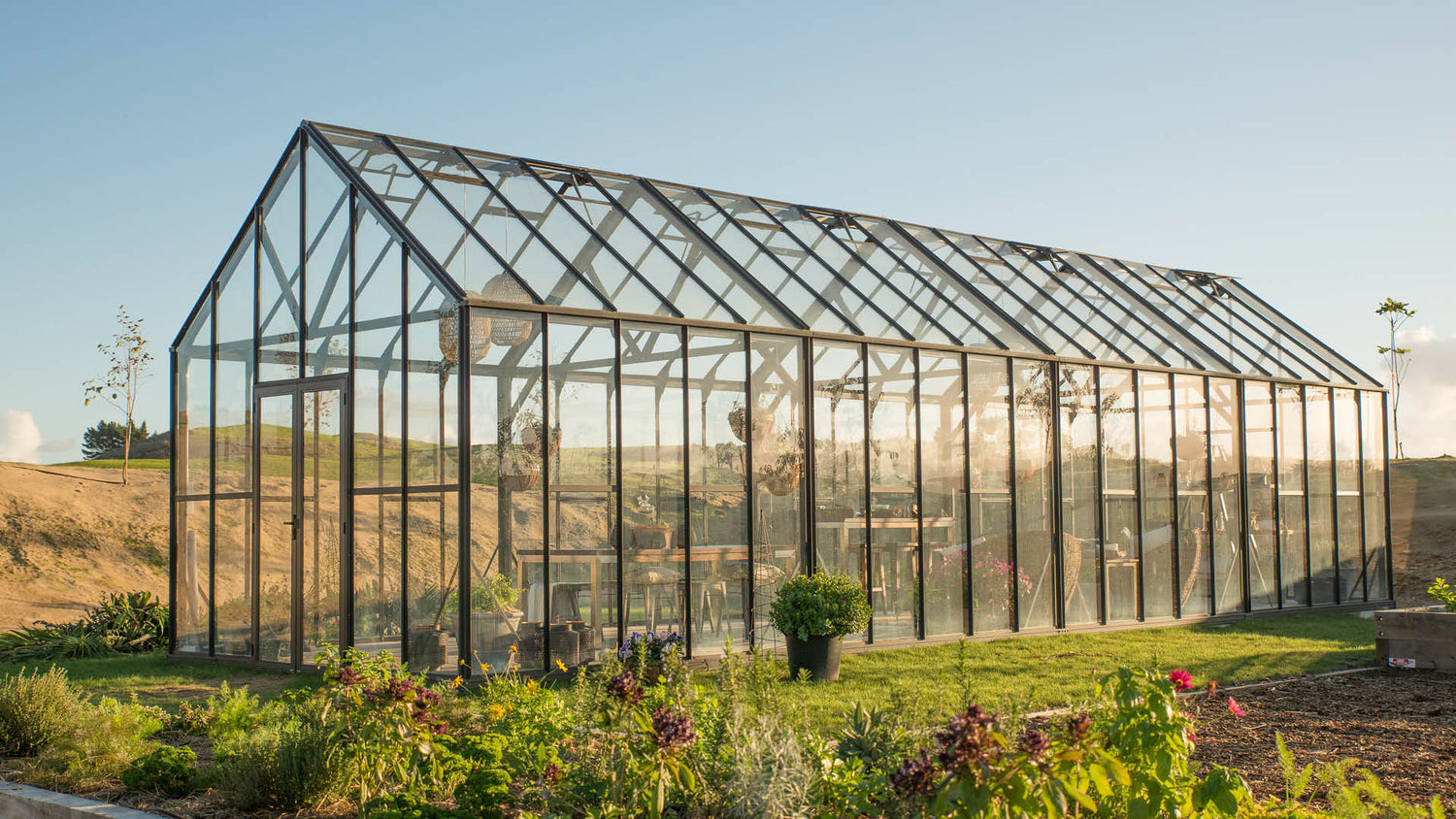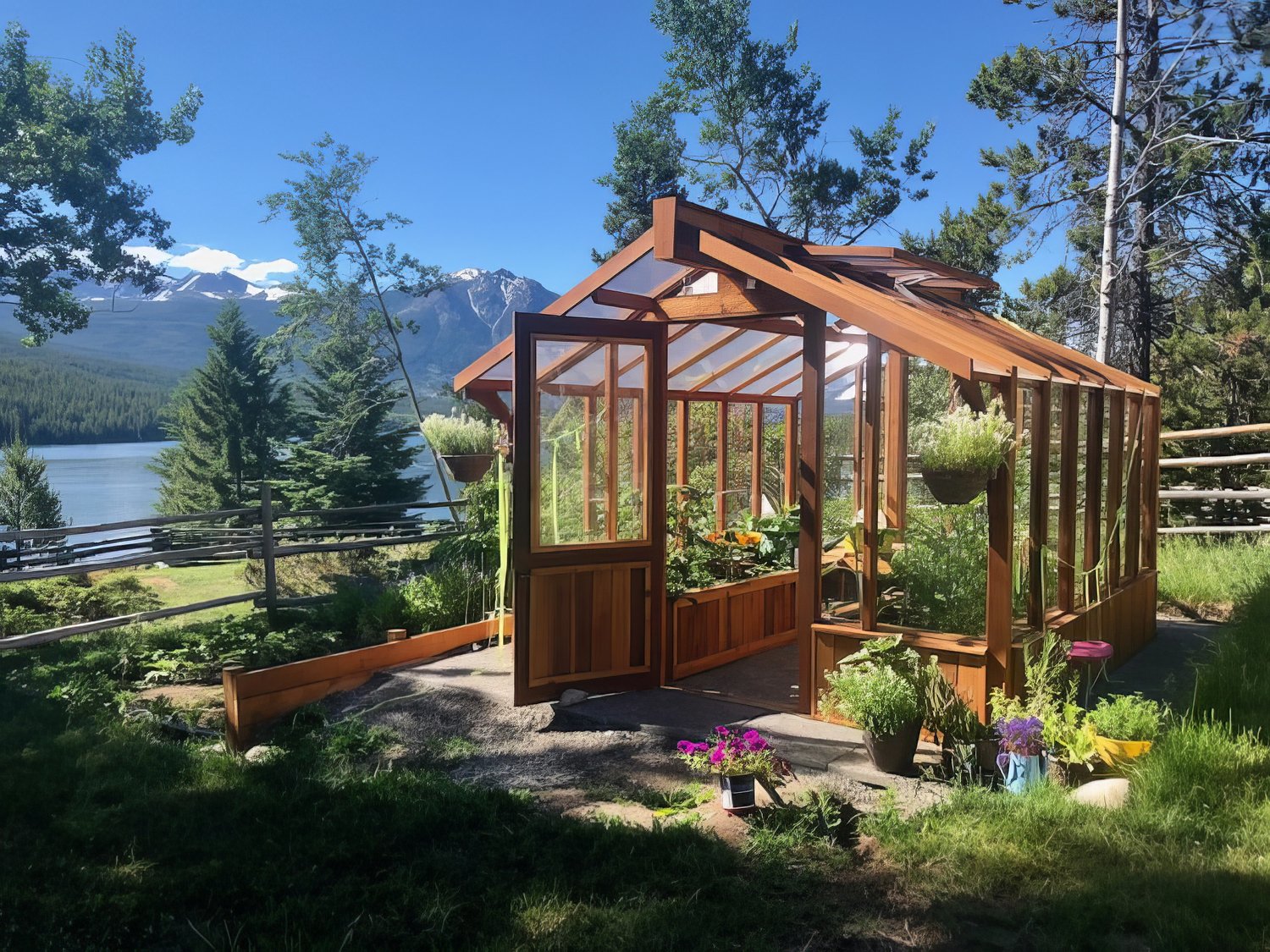Residential Oasis: Monarch Residential Greenhouse Utah Sanctuary for Plants
Wiki Article
Greenhouse Design: Developing an Eco-Friendly Growing Area
Find out how to create a greenhouse that takes full advantage of all-natural light, saves water, and incorporates eco-friendly energy resources. By picking sustainable products and applying energy-efficient home heating and cooling systems, you can develop a greenhouse that is both efficient and eco mindful.Picking Lasting Materials
When creating your eco-friendly greenhouse, prioritize sustainability by thoroughly picking materials that are environmentally-friendly and promote energy performance. One of one of the most crucial aspects of developing an environment-friendly greenhouse is picking sustainable products. By choosing materials that have a minimal influence on the setting, you can lower your carbon impact and add to an extra lasting future.Beginning by considering the products made use of for the structure of your greenhouse. Seek alternatives such as sustainably harvested timber or recycled products. These options not just lower the need for new sources however likewise avoid waste from ending up in garbage dumps. In addition, consider utilizing materials that have a high thermal mass, such as stone or concrete, as they can assist control the temperature inside the greenhouse, decreasing the need for excessive heating or air conditioning.
One more crucial variable to think about is the glazing product for your greenhouse. Choose products that supply excellent insulation properties, such as double- or triple-pane glass or polycarbonate panels. These products can aid catch heat inside the greenhouse, minimizing the amount of power required for home heating during colder months.
Moreover, when selecting materials for the interior of your greenhouse, choose sustainable options such as bamboo or recovered timber for shelving and benches. These products are not only sturdy however additionally advertise the responsible usage of sources.
Making Best Use Of Natural Light
To maximize natural light in your environmentally friendly greenhouse, prioritize the critical placement of windows and skylights to maximize sunlight direct exposure throughout the day. When determining on the placement of home windows, consider the path of the sunlight throughout the day and how it will impact the various areas of your greenhouse.Skylights are one more effective method to take full advantage of natural light. They enable sunlight to enter from above, providing an added resource of light for your plants. When installing skylights, consider their size and placement. Bigger skylights will certainly enable much more light to go into, but make certain they are not also large that they create too much warm or glare. Placement them in areas where they can provide straight sunlight to your plants without casting shadows on other locations.
Applying Energy-Efficient Heating & Cooling Solutions
To better improve the power performance of your environmentally friendly greenhouse, take into consideration executing energy-efficient home heating and cooling systems. These systems play a crucial role in preserving optimal temperature and moisture levels for your plants, while lessening power consumption and minimizing your greenhouse's carbon impact.
This allows for the exchange of fresh air and aids regulate the temperature level inside the greenhouse. These systems use much less power compared to typical air conditioning units and can successfully reduce the temperature inside the greenhouse.
Water Preservation Methods
To even more enhance the power effectiveness of your green greenhouse and proceed decreasing its ecological effect, it is necessary to find more info implement reliable water conservation strategies. Water is a priceless source, and with the right approaches, you can minimize your greenhouse's water consumption while still supplying optimal problems for your plants.One method to preserve water is by utilizing a drip irrigation system. This approach delivers water straight to the plant roots, decreasing evaporation and making certain that water goes where it is needed most. In addition, setting up a rain harvesting system can help record and store rainwater for later usage in your greenhouse. This not just decreases your dependence on community water resources but likewise conserves you money in the long run.
Another method is to mulch your plants. Including a layer of organic material around the base of your plants helps retain wetness in the dirt, lowering the need for regular watering. In addition, take into consideration using a water-efficient potting mix that maintains wetness while still giving ample drainage.
Last but not least, monitor your greenhouse's water use consistently. By keeping an eye on just how much water you are utilizing, you can go to website determine locations for improvement and make required adjustments.
Incorporating Renewable Resource Sources

Conclusion
To conclude, by applying lasting materials, optimizing natural light, utilizing energy-efficient home heating and cooling systems, practicing water preservation strategies, and integrating renewable resource resources, you can develop an eco-friendly greenhouse design. This will certainly not only profit the atmosphere yet likewise advertise sustainable and healthy plant growth. Go ahead and make a positive impact on the world by creating an environment-friendly expanding area.When developing your environment-friendly greenhouse, focus on sustainability by meticulously selecting materials that are environmentally-friendly and read what he said promote energy performance. These materials can assist trap warm inside the greenhouse, minimizing the amount of power required for home heating during colder months.
These systems use much less power compared to conventional air conditioning units and can effectively decrease the temperature level inside the greenhouse.
You can integrate eco-friendly power resources right into your greenhouse layout to make it more lasting and green.In verdict, by applying lasting products, maximizing natural light, using energy-efficient heating and cooling systems, exercising water preservation methods, and integrating sustainable energy sources, you can create a green greenhouse layout.
Report this wiki page